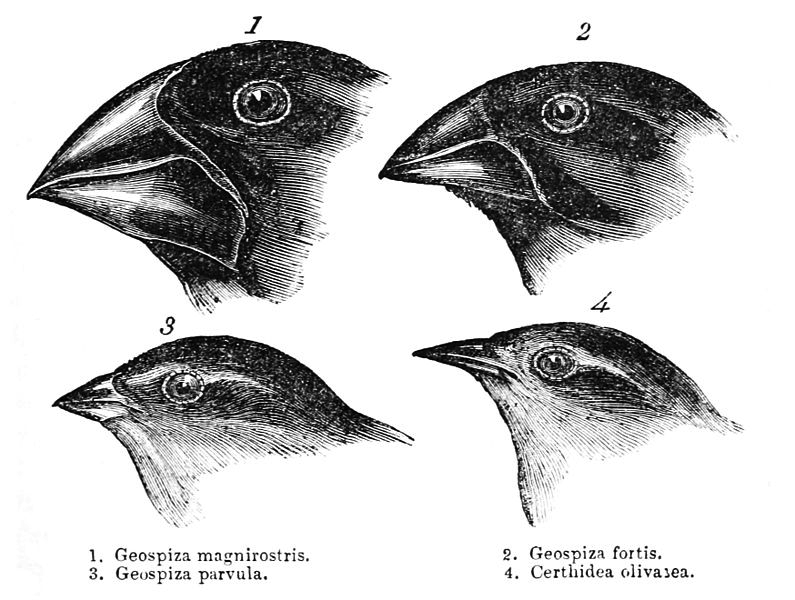For my exam project, I have decided to focus my time on exploring the theme of fashion photography, and, in particular, streetwear fashion and the photography that surrounds this genre in relation to both freedom and limitations, but more so freedom. I have begun planning this idea briefly but intend to carry out much more research on the background, history and context of this type of photography because it something I have never done before but have wanted to for a long time; also a contributing factor to why I have decided to carry out a project like this.
My primary intention was to use streetwear fashion as a way to combine my interest in fashion and brands with photography and document this ever-growing and ever-changing industry with my camera. I then started developing my ideas more and began to think of other ways I could explore this. I began collating some inspirations and other artists I could use as well as thinking of what I want my final product to look like. Artists I saw I could as inspirations include modern, contemporary and young UK based photographers Vicky Grout, Ben Awin and Saskia Ivy. Furthermore, I had recently purchased a music/fashion magazine called PUSH. This a UK based company that produces monthly issues of their magazine which covers upcoming artists and their fashion and the trends they are following. The magazine is completely free and the only fee paid is the postage an packaging price. As soon as I saw this magazine, I was instantly attracted because of its heavy focus on design, graphics, typography and photographs; visuals as a whole and when the magazine arrived and began reading it, I was hooked on creating a magazine alike to this because I felt I would be able to utilise my ability to create effective design and graphics for features like the cover page and different layout styles within the magazine. I then decided that for my intended project looking at fashion and trends of youth in Jersey, my final product could be a magazine and I came across this feature to create magazines on Blurb when I was producing my book for my coursework.

I began carrying out some brief research into other contemporary artists I could use as inspiration and as a guideline for how to go about producing my own fashion imagery. I started looking on Instagram for any new artists I could follow and began to come across recommendations for young photographers to follow when browsing the internet. I found several different websites which were advocating the work of several young, UK based photographers who are beginning to make it big in the fashion/music photography industry, in particular, an artist called Vicky Grout, 20 years-old who has already established herself as a household name in the way of grime music photography and has photographed the likes of Stormzy, Novelist and Skepta and J Hus.
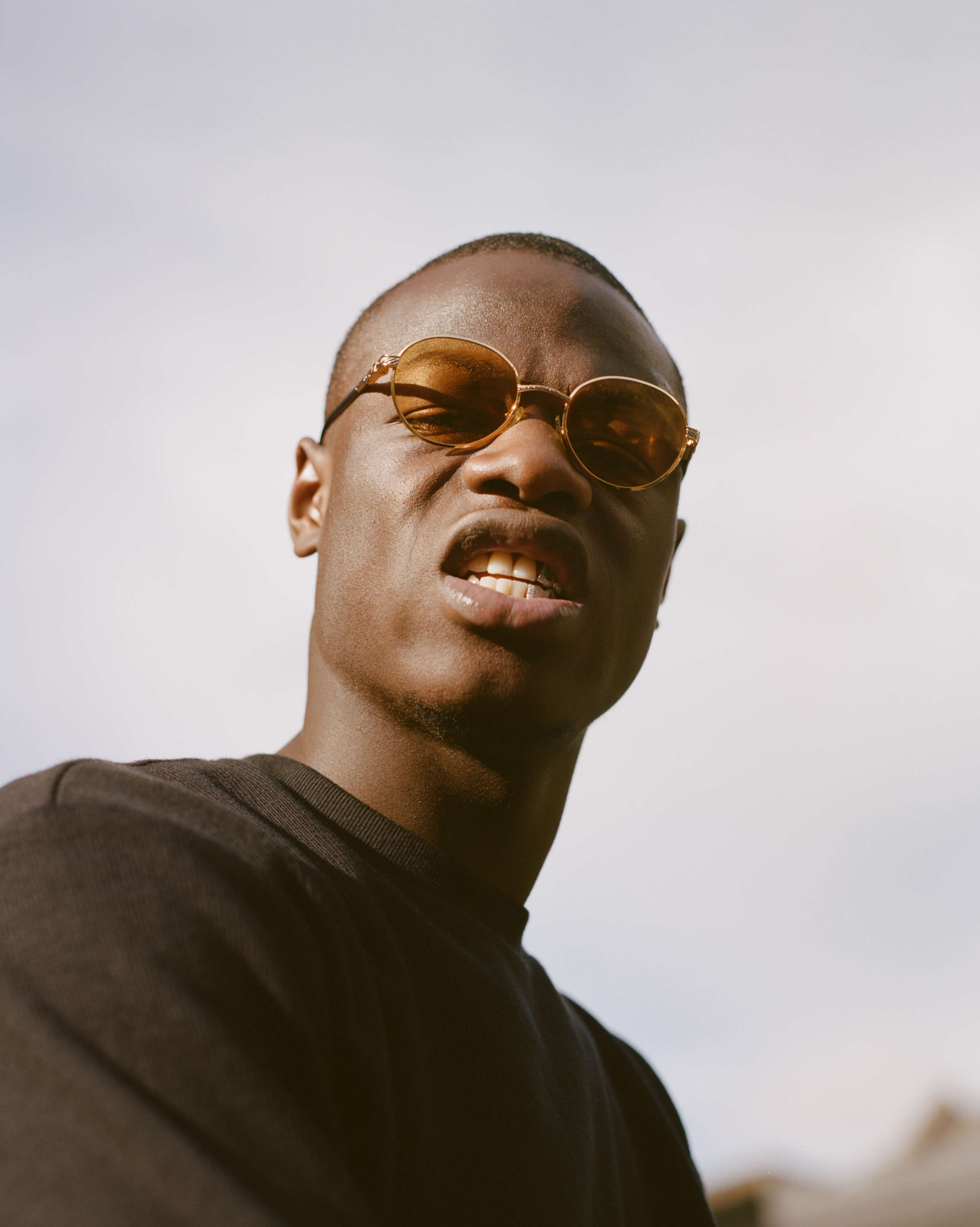

![Image result for vicky grout skepta]](http://factmag-images.s3.amazonaws.com/wp-content/uploads/2016/02/Shutdown-Video-Shoot.jpg)
A website I came across which was representing the work of five different young UK-based photographers can be found here and this is where I came across the work of Saskia Ivy and Ben Awin and in my PUSH magazine, Issue 3, the photography team is made up of about 10 different artist whoa re responsible for providing her visuals of the artists they are covering in the magazine and I can take inspiration from these photographers also for reference of contemporary work which will provide the main body to where my work originates from.
Furthermore, although I will be using the contemporary photographers such as the ones used above as primary influences to produce my own, it is important that I explore the history of fashion photography because it is so rich in information and visual evidence that has shaped the way fashion and art have integrated over the last 50 years as we have progressed into the 21st century and fashion is ever-changing with new trends. The line shave gradually been blurred between the combination of art/photography sand fashion and people feel it necessary now in a world driven by social media and photo sharing where people are constantly in the face of the public to be fashion-aware and document this with their camera and this why photographers such as Bill Cunningham made such a success out of his work as a street, fashion photographer and events such as London/Paris/New York Fashion Week do so well in terms of popularity, publicity and attendance because people see it as a chance to flaunt their to dress well and show their knowledge of the fashion world. I intend to produce blog posts outlining all my inspirations for this project as I continue to plan for the several shoots I hope to end up with which will contribute to my end product.
To enhance the sense of my final product being a magazine, I will be using text within also to add more structure, depth and body to the hard copy which will accompany the images also be written by me. The words will consist of interviews or statements from the models/individuals I photograph and my own words throughout to put into action my research produced throughout.
The project will consist of several shoots produced by myself looking at individuals in Jersey, and in particular young individuals and their own fashion and unique look – because everyone does have their own look and style which makes them stand out and it is these people that I will approach for the project. I have not yet decided whether I want to photograph both male and female or solely male. I came across a mini project by Saskia Ivy which looked at teenage boys in London and I feel like this could be a fascinating project if I were to also look solely at teenage boys in Jersey and photograph them both individual and in groups. However, I will explore all options further in other blog posts and alongside this, I intend to carry out practice/experiment shoots with models to get a sense of how I want to go about it.


Alongside these photographers, I will be exploring the work of classic fashion photographers who pioneered the genre such as Bill Cunningham, David Bailey and Jurgen Teller as well as, briefly, the work of Terry Richardson, all of whom also pioneered the use of the street as a studio and this what I want to do throughout and don’t intend to use my camera in a studio set up at all so I can add to the feel of an urban look heightened by the fashion and clothes/brand worn by my models.
In terms of how I will retrieve models fro my project, my intention is to approach particular people with a style I feel will works – because I essentially a director in a film where I have to create shot lists (the photographs), the script (the interview questions), pick a cast (the casting director for models) and then I have to produce it all and make it all come together. Therefore, I will approach particular people I may be friends with but also may have never spoken to before but am aware of their style and look which I feel will fit the part. I already have ideas of models and these included my friends as well as people I am not too close with. However, an alternative is to distribute an advertisement on social media such as Instagram and let people come forward themselves but it nay result in me rejecting some people if I feel they will not fit the look I want to achieve.
My shoots will also require a lot of planning where I outline the colours and looks/style I want my model to style. I may, if I know a particular them of clothing I want he model to wear, tell them to wear it or will likely leave the outfit they wear on the day up to them. However, once on location for the shoot, I can improvise with poses and shot styles whether they be close ups or long shots. I will also need to plan thoroughly the locations I want to shoot in and intend for these to be quite urban, for example in town or in multi-story car parks like Minden Place on the top floor which is open air and over looks the whole of St Helier. I will also need to take into consideration if I am shooting with females, whether I want them to wear makeup or not and the style I want this to be.
The only issue I have encountered this far with my plan is my actual confidence with my intentions and whether to not I can carry my intentions out and follow through with them because I never done anything like this and don’t really know how to go about it. I will need to be every proactive, confident in myself and my abilities but my people skills are good so believe this will aid the communication between myself and my models and I wish to make the whole project fun, especially when out on shoots – it should be fun and exciting.
I also need to decide what format I want to shoot with but intend to, as I did in my coursework, to shoot on all formats, including digital, analog; in particular, with my half-frame film camera and as well as on my iPhone. The shots taken on my phone with the app ‘Huji’ will likely be informal shots to contrast that of the more formal, intended posed shots. I also want to combine colour and black and white.
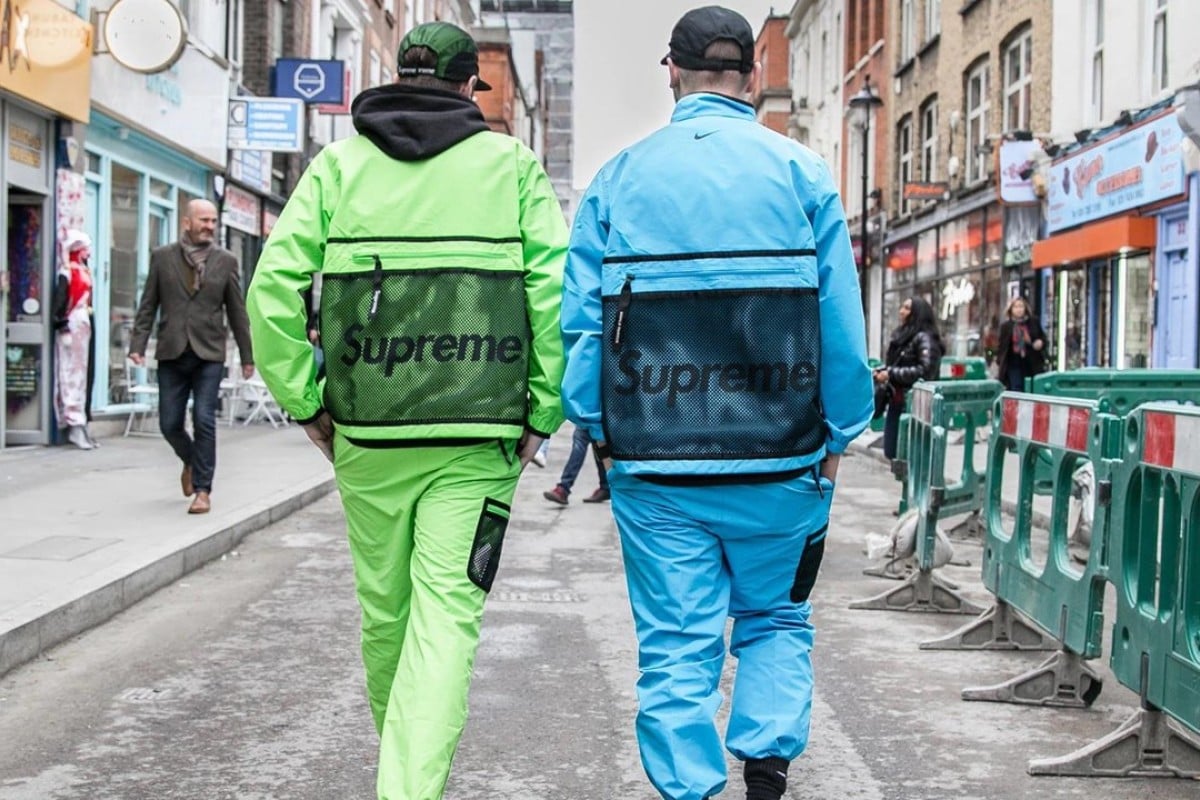




















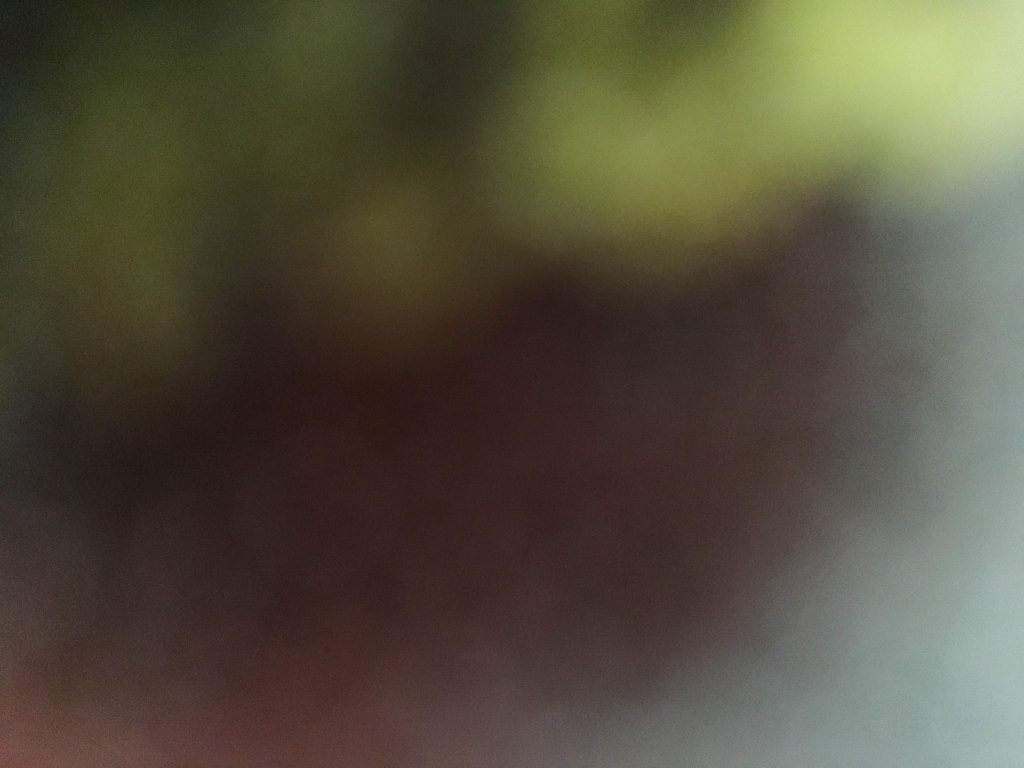



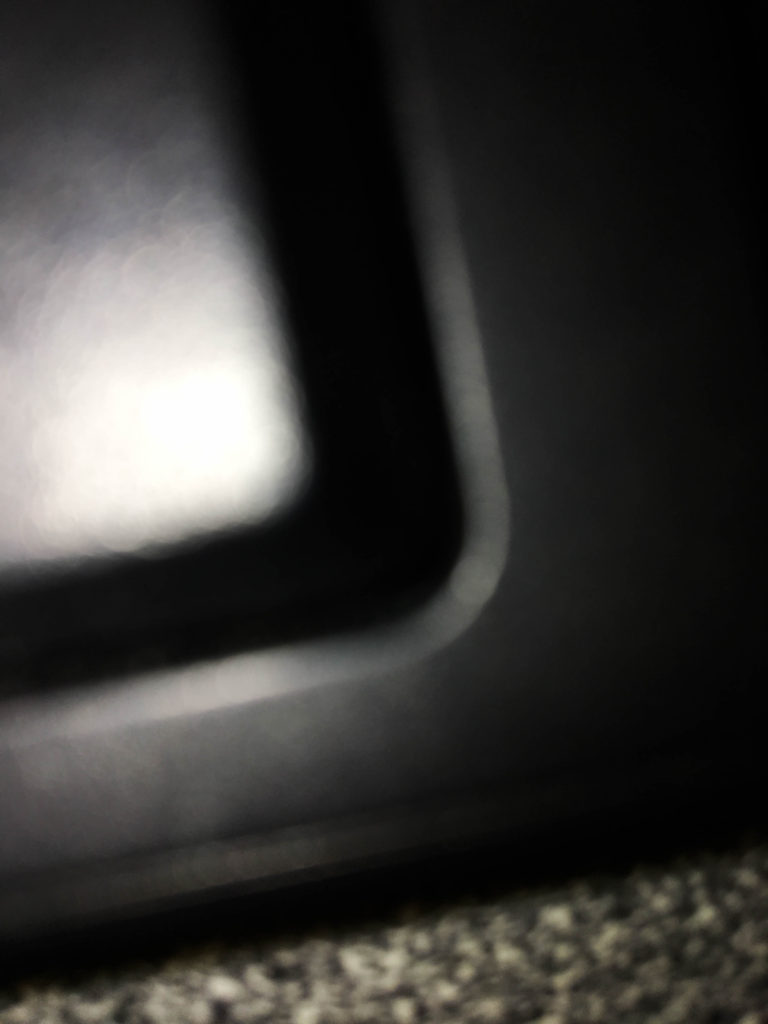
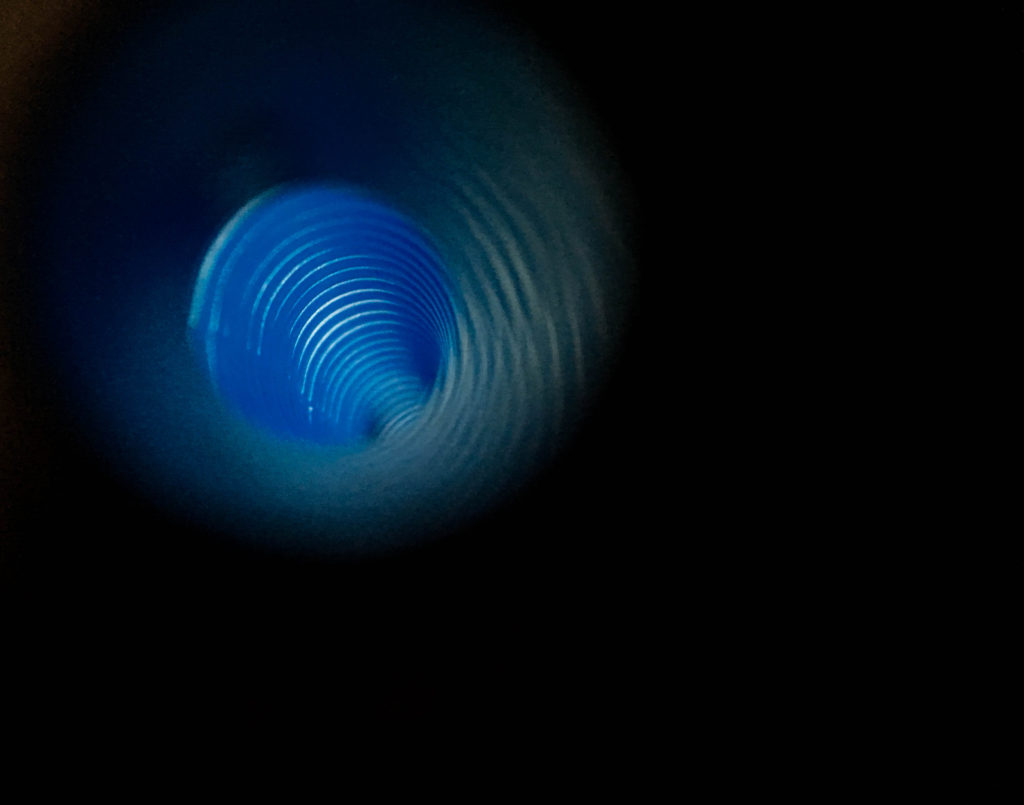



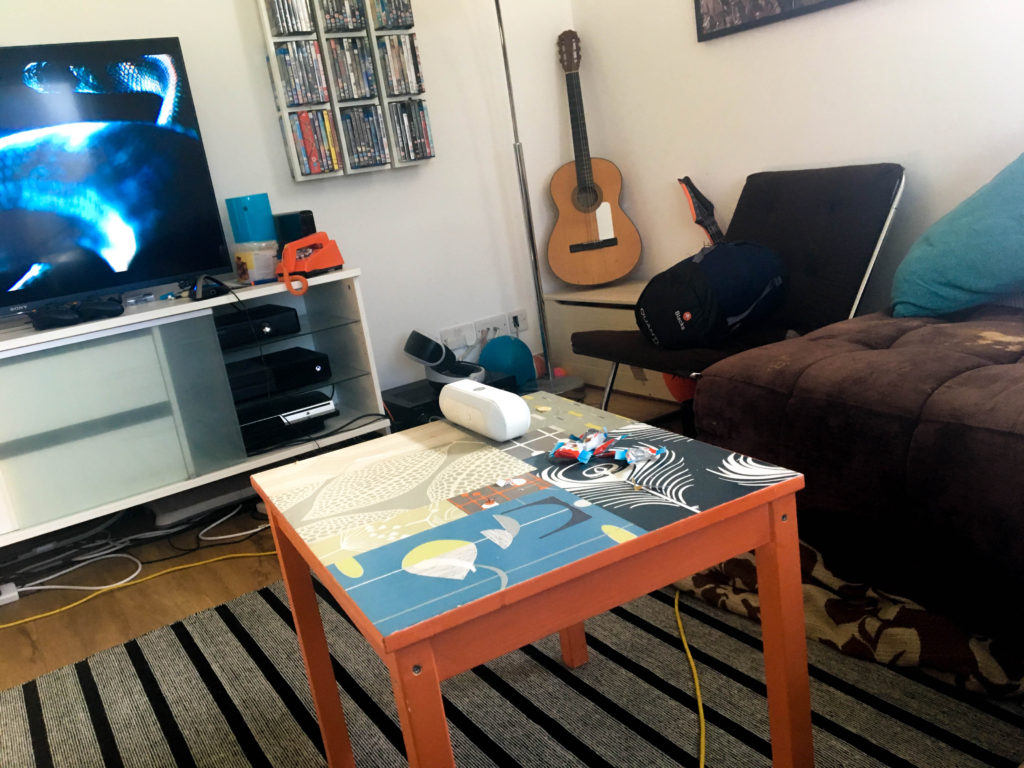

/Portrait_of_Charles_Darwin._Wellcome_M0010103-58da03dc5f9b584683ae151f.jpg)
